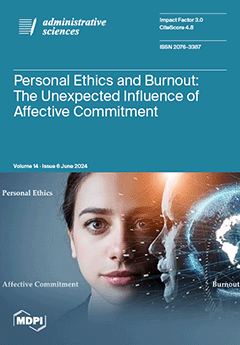Purpose: The main objective of this research is to highlight the managerial and organizational implications for businesses resulting from the implementation of blockchain logic and technologies. The functionalities of blockchain technologies are compared with the traditional approach to supply chain management to emphasize the impact they can have on managing intra-supply chain relationships and the organizational structure of companies involved in supply channels.
Design/methodology/approach: To conduct this study, a conceptual study was carried out, starting from an analysis of the main characteristics of blockchain technologies, to build an AS-IS scenario compared with the TO-BE scenario resulting from the implementation of these technologies within supply chains. To conduct this study, conceptual categories of the viable system approach and process management perspective were utilized. The conceptual analysis was performed using a matrix representation, which correlates material, informational, and financial flows with the dimensions of traceability, transparency, and efficiency, before and after the implementation of blockchains in managing supply chain transactions.
Findings: The study highlighted how the principles underlying blockchain can lead to overcoming the traditional indispensable search for trust among supply chain operators. Therefore, through these results, it is possible to hypothesize an improvement in the resilience conditions of companies operating in block–supply chains.
Originality/value: This study contributes to investigating the relationship between blockchain and operational consonance among operators in managing interorganizational processes to improve conditions of efficiency, traceability, and transparency, which are functional in the resilience of companies involved in the supply chain compared to the changing dynamics of the context.
Research implications: Trustless logic in the implementation of blockchain technologies leads to the configuration of a new concept of trust, connected to the entire supply chain system, as a result of the improvement in the security, visibility, and efficiency conditions of transactions. The increased visibility and transparency developed in block–supply chains prompt all actors involved in the supply chains to rethink information management, given the reduction in informational asymmetries and, thus, the optimization of transaction costs.
Full article





